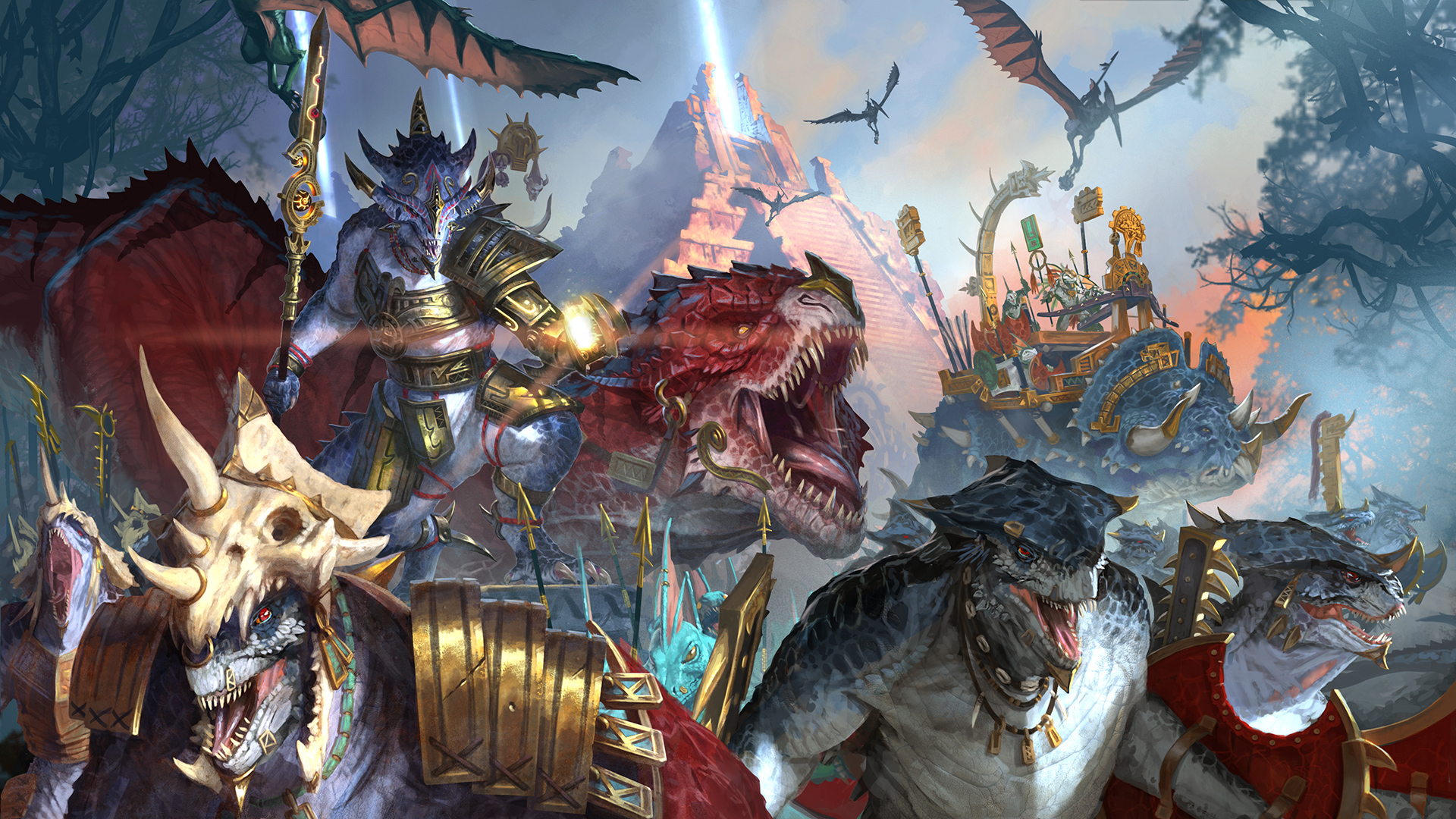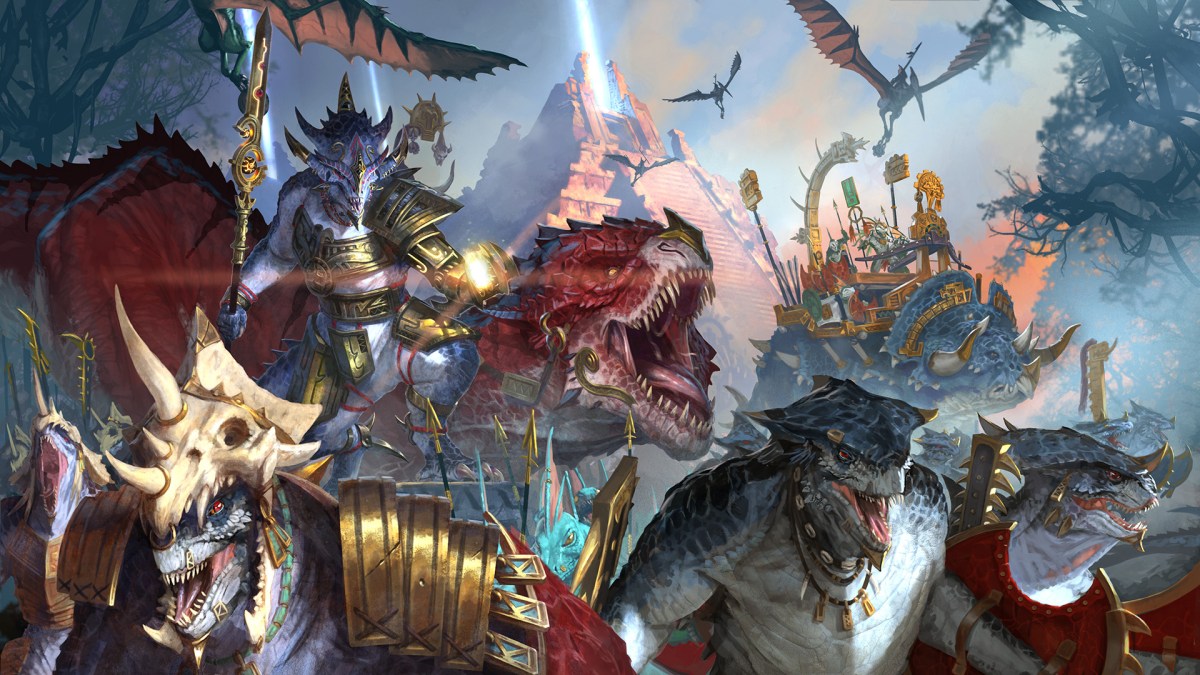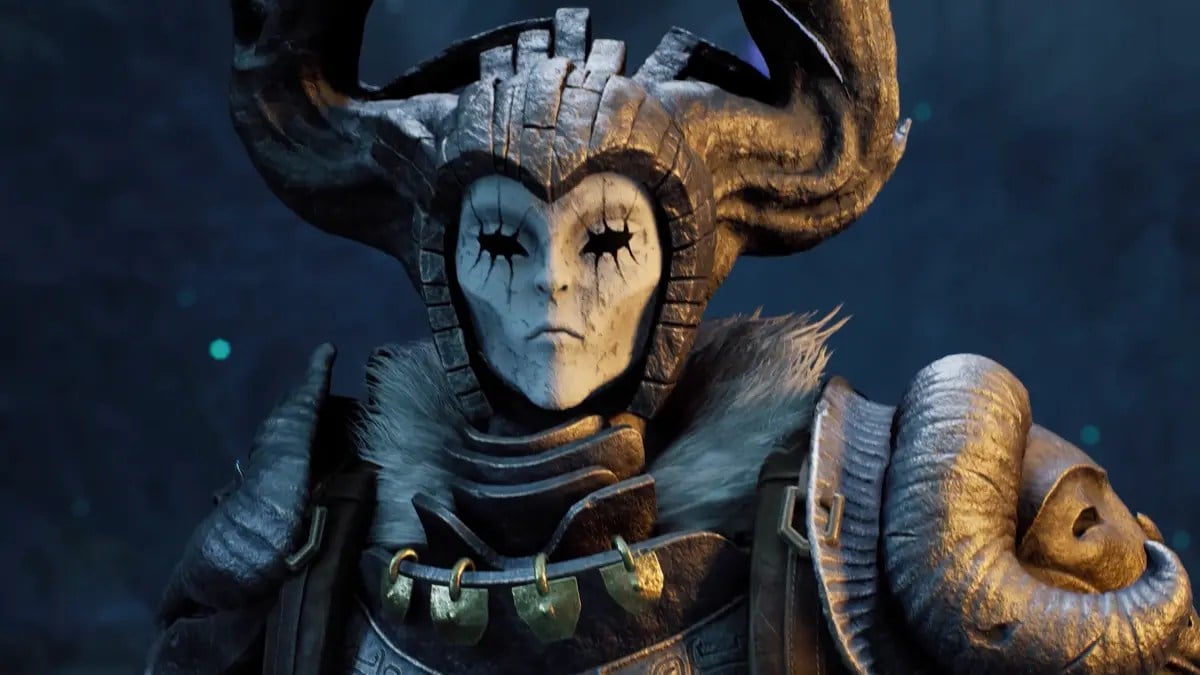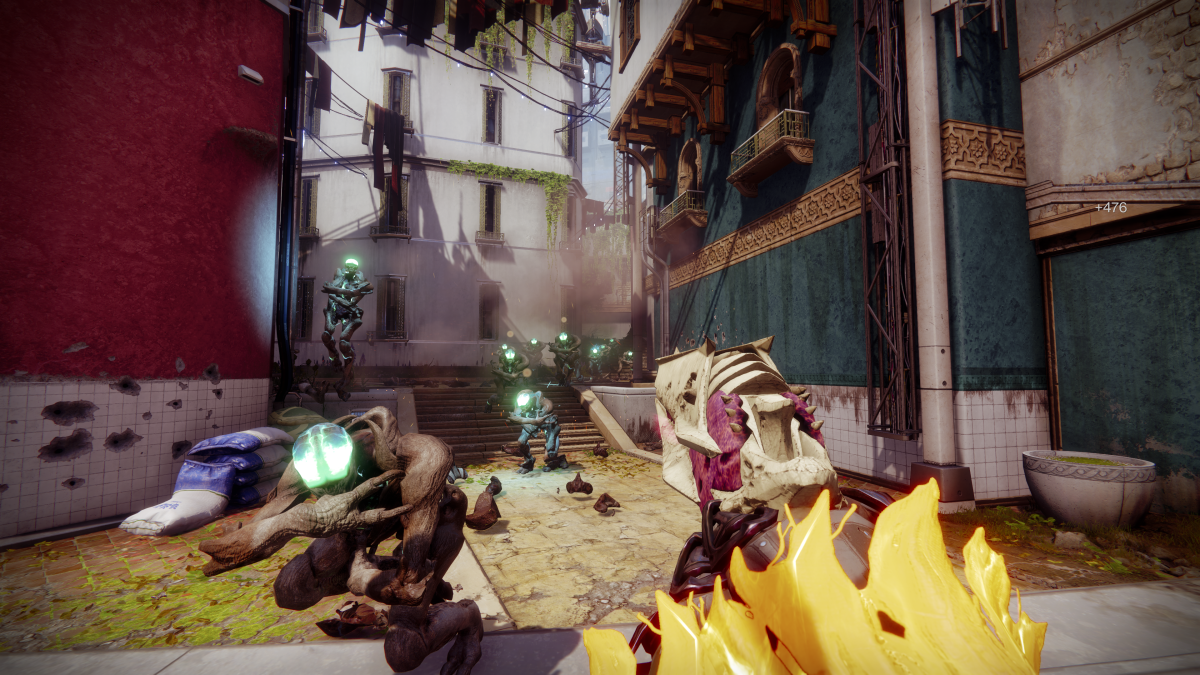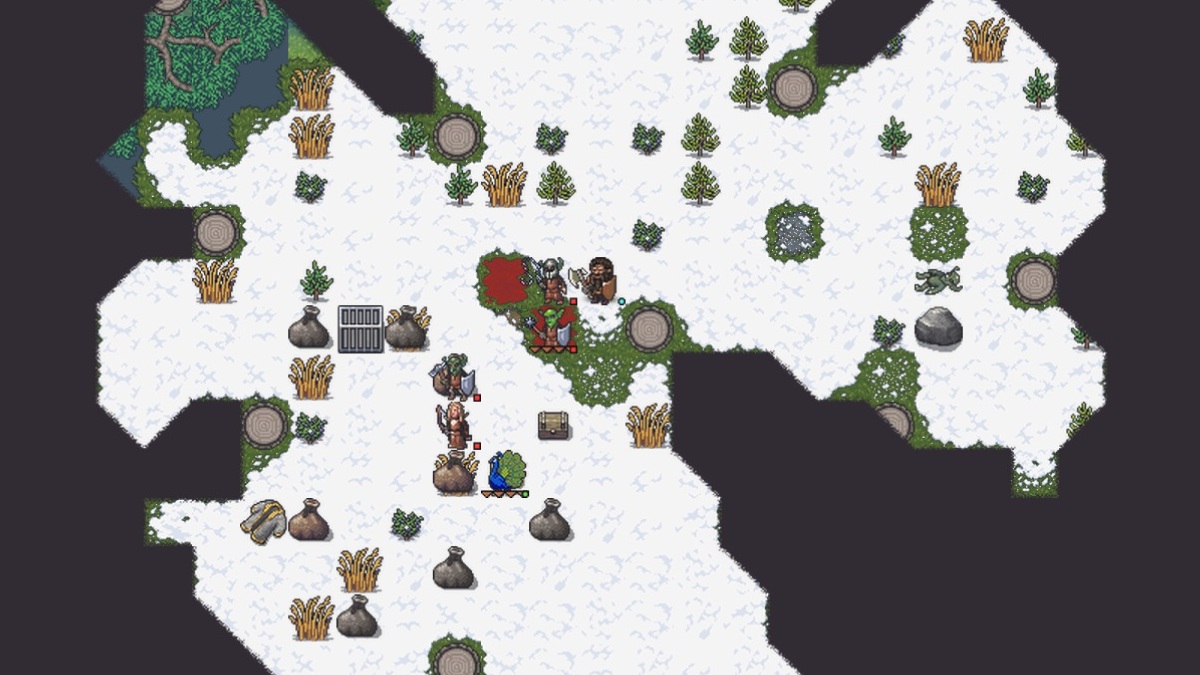In the Grim Darkness of the Fantasy Battle Setting…
As much as I’ve enjoyed and admired the games of The Creative Assembly, I can’t help but admit that I’m something of a fair-weather Total War fan. With the exception of Shogun 2, the sheer scale of a typical Total War game tends to keep me from committing to any single one, or even starting despite my initial interest in titles like Atilla, Napoleon, or Empire.
In defense of my seeming negligence, however, it’s not like Total War games are the kind of title you’re supposed to play every single entry of (much as that would delight the people making them). Between installments, the games don’t change all that much in their basic approach to play, and players are usually best advised to take the plunge when a new installment touches on a setting they enjoy.
Usually.
After I spent time with Total War: Warhammer 2, though, I immediately rushed out to get the first game, cursing my ignorance and wondering why I’d let such an accomplished Total War game pass me by.

Total War: Warhammer 2 (PC)
Developer: The Creative Assembly
Publisher: Sega
Released: September 28, 2017
MSRP: $59.99
Indeed, despite relatively little changing about its basic formula of turn-based, Civilization-esque empire-management married to real-time tactical battles, much is different about Total War: Warhammer 2 compared to the franchise’s more realistic outings, though players of the first installment will find it quite familiar. For one, it’s a direct sequel to the first game, expanding the narrative and setting to encompass the “New World” portion of Warhammer‘s Fantasy setting and ensnaring its four new playable factions in a crisis related to the troubles that plagued last year’s “Old World” environs.
Warhammer 2 trades in the previous game’s quasi-European geography for steamy jungles, sweltering deserts, and mystic archipelagos as it brings on board four more major factions: The courtly High Elves, sinister Dark Elves, reptilian Lizardmen, and the fan-favorite Skaven, who are all gross rat-people that the traumatized players of Vermintide know all too well. At first glance their differences from each other don’t seem as dramatic as, say, the Greenskins or Vampire Lords of Warhammer 1. They all wield a mix of magic, cavalry, air, ranged, and melee units in their respective armies.
Thankfully, that seeming homogeneity lies just at the surface level. For example, High Elves play somewhat typically, almost like a historical Total War faction (plus dragons), but have far reach, both in terms of their powerful ranged units and overall strategy, as they can see through the eyes of their trade partners, allowing them to explore huge swathes of the map without ever leaving home. They also trade in “Influence,” a special faction resource, using it to directly alter diplomatic relations (useful when dealing with the somewhat daft AI leaders) or hire high-quality heroes and generals.
Dark Elves, on the other hand, can use their Black Arks, traveling, seaborne settlements, to bolster land invasions and provide fire support to any tactical engagement in range. They also take slaves, and can use those slaves to supercharge their economies or fuel powerful rituals – at the risk of inciting uprisings and other unpleasantness.
If the Lizardmen were just a bunch of dinosaurs riding other dinosaurs (they have those), I’d be satisfied, but they’ve also got some really cool strategic perks, like the Geomantic Web, a magical network linking up their provinces and boosting the power of “Commandments” (faction-wide stances that confer bonuses to things like construction speed or trade income). Some of their units also fight at risk of going berserk, trading frenzied combat power for the complete loss of control.
Skaven are even more underground an empire than the Dwarfs, and their settlements can’t even be properly seen by their surface-dwelling rivals, appearing only as “ruins,” a new type of explorable location. This makes Skaven hard to spot when they’re the enemy. In battle, they rely on hordes of cheap, hilariously weak infantry that rout quickly (they even get an army-wide speed bonus when fleeing!) but can rally on short notice, creating a swarming style not unlike the Zerg (but furrier). On the campaign map they can expand like no one’s business, but need a constant supply of food provided by raiding and conquest to keep it up.

All of these factions (and a ton more NPC-driven powers) compete in a narrative campaign centered around a map feature called the Great Vortex, an elf-created storm that drains away unwanted magic and prevents incursions from the forces of Chaos. Each faction has its own goal for the Vortex, whether to reinforce it, destroy it, or bend its potential to their own use. Such goals require collection of a special currency, gathered by completing missions, or performing special rituals in key areas.
Unfortunately for everyone involved, any tampering with the Vortex weakens its anti-Chaos enchantment, triggering a map-wide Chaos invasion whenever a faction gains ground in the struggle for control of the Vortex. This rhythm isn’t that different from the periodic northern Chaos incursions from the first game, but the triggering element allows for a greater level of control and agency than before. Rather than building up to an inevitable confrontation, players can delay an invasion by holding off on progress, or even start one early if they feel they can deal with the blowback. Similarly, rival factions making progress can mess with one’s priorities, introducing a sense of urgency that might not otherwise exist under simpler, more domination-based win conditions.
Also altering the calculus of rule is a new “climate” system, where different factions exert control best over territories in their environmental comfort zone. For example, the cold-blooded Lizardmen have the easiest time ruling hot, tropical zones, and have more trouble stabilizing colder regions. It’s a sensible change from the more arbitrary conquest restrictions that held sway in Warhammer 1.
It’s also worth pointing out at this point that while this review is late, it also coincides with the recent release of Warhammer 2‘s new “Mortal Empires” add-on. It’s free to owners of both games, and adds an all-new grand campaign option that outright combines both the Old and New Worlds into a single, massive map. All the playable factions in both games are playable here, though unlike the core campaign, the narrative thrust is replaced by more simple twists on a standard win condition. For example, Empire players who start a Mortal Empires campaign must establish a New World colony, in addition to the standard conditions, to claim victory.
It’s a huge amount of content to add to an already sizable game, and a cool service for players who choose to stick with the series in the long run, especially considering how differently a campaign can play based on faction choice.

Then again, while Warhammer 2 amplifies the best aspects of the Total War formula, its vivid adaptation of the Warhammer Fantasy license can’t quite save it from the quirks and foibles that by now seem endemic to the franchise. The battle AI is still wonky and easily exploited by clever players, neutral or rogue armies tend to display overly player-centric targeting, and diplomacy is outright weird, with both rival and ally factions making sometimes absurd, repeated demands seemingly without provocation. Creative Assembly has attempted to remedy some of these faults with more transparent UI design and exposing some of the numbers for players to mull over in an attempt to parse what’s actually happening, but that that has to happen at all remains a black spot on the franchise’s record.
The game is also something of a resource hog, regularly sucking up large amounts of time and CPU power processing AI turns and requiring relatively serious hardware to perform well. Then again, the animations and quality on the character models have never looked more vibrant, so perhaps that’s a price to pay for that kind of scale.
All the same, Total War: Warhammer 2‘s inability to solve some longstanding franchise-wide issues don’t really dampen the sense that this is the biggest, and one of the best, executions on the same formula. Adding that this is only the second game in a planned trilogy ends up only making me more excited to see what’s in store for Total War: Warhammer 3.
[This review is based on a retail build of the game provided by the publisher.]
